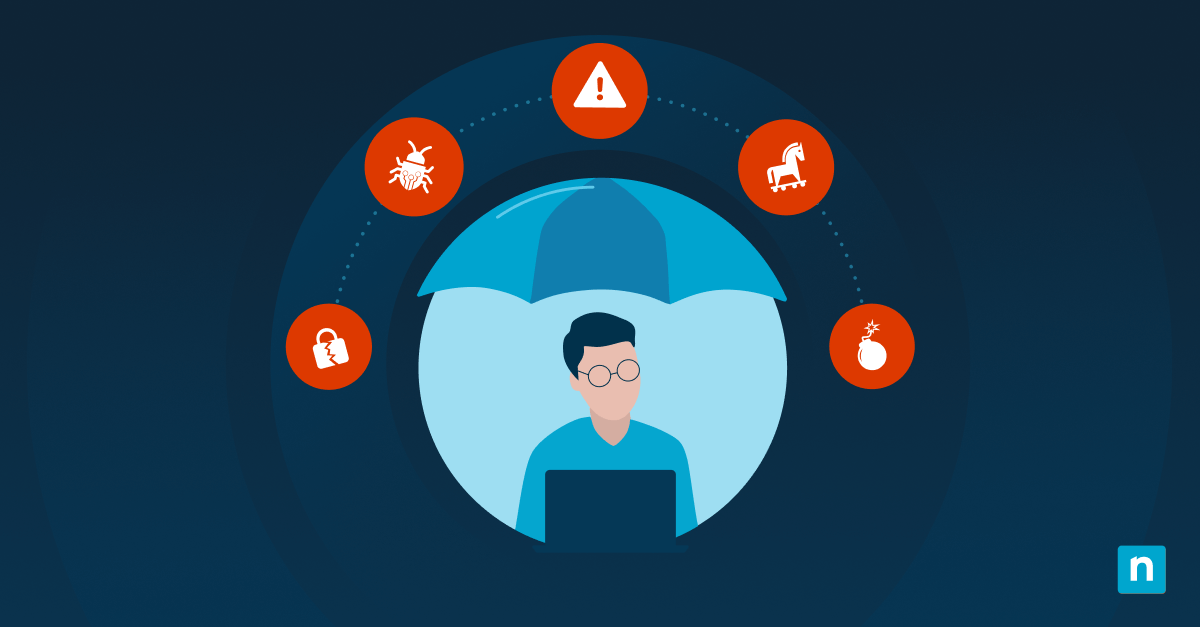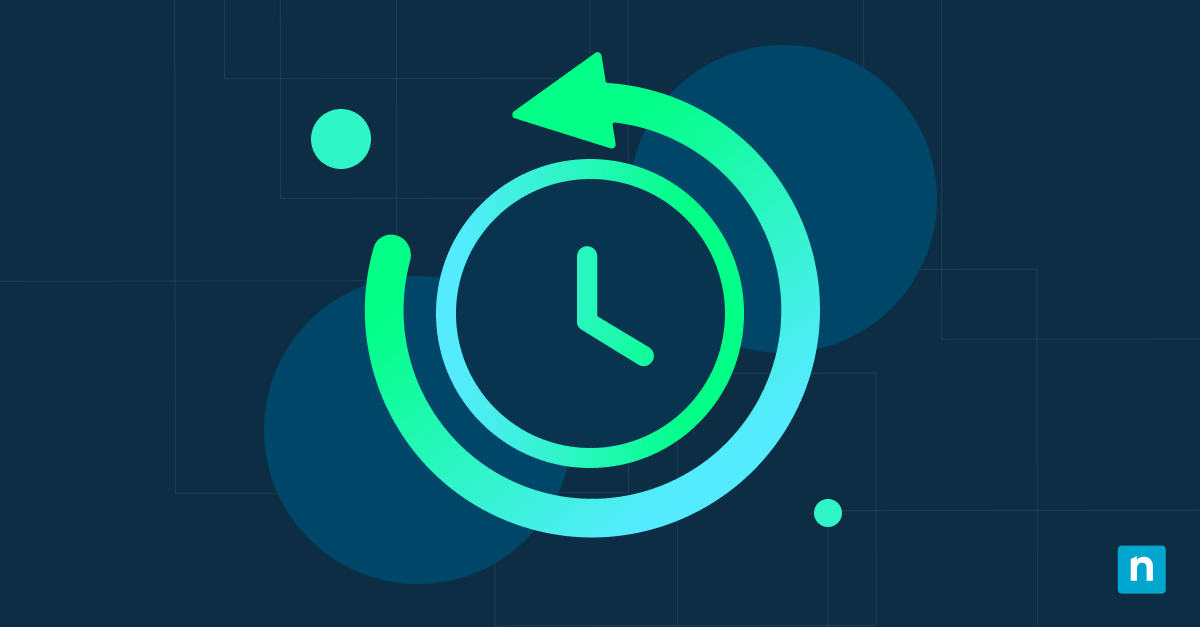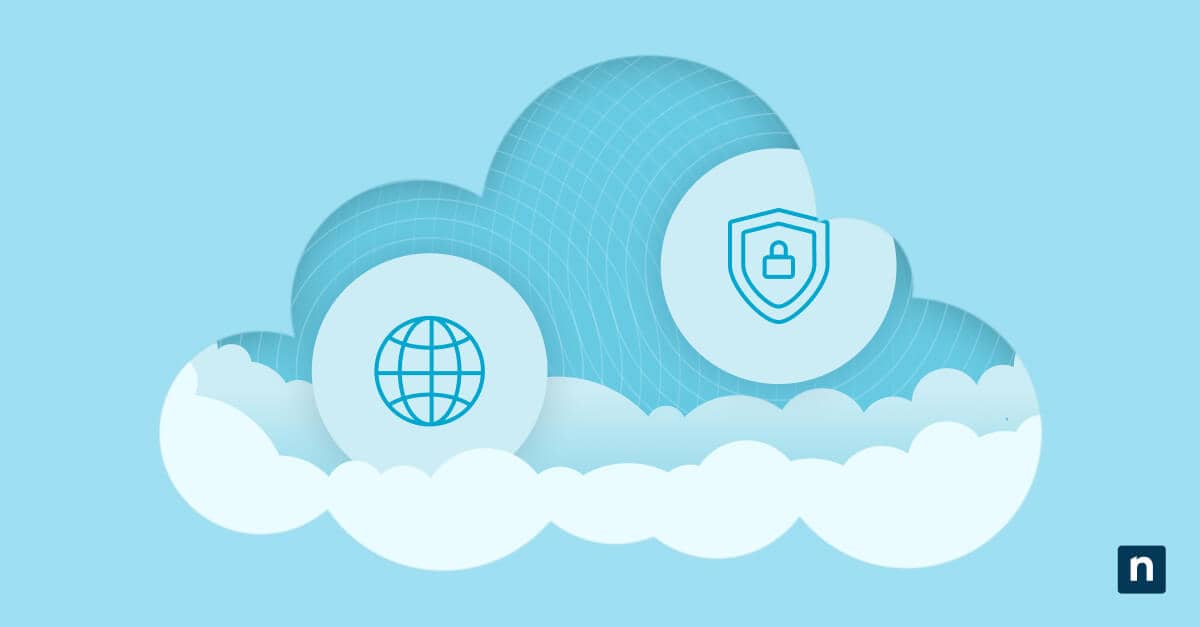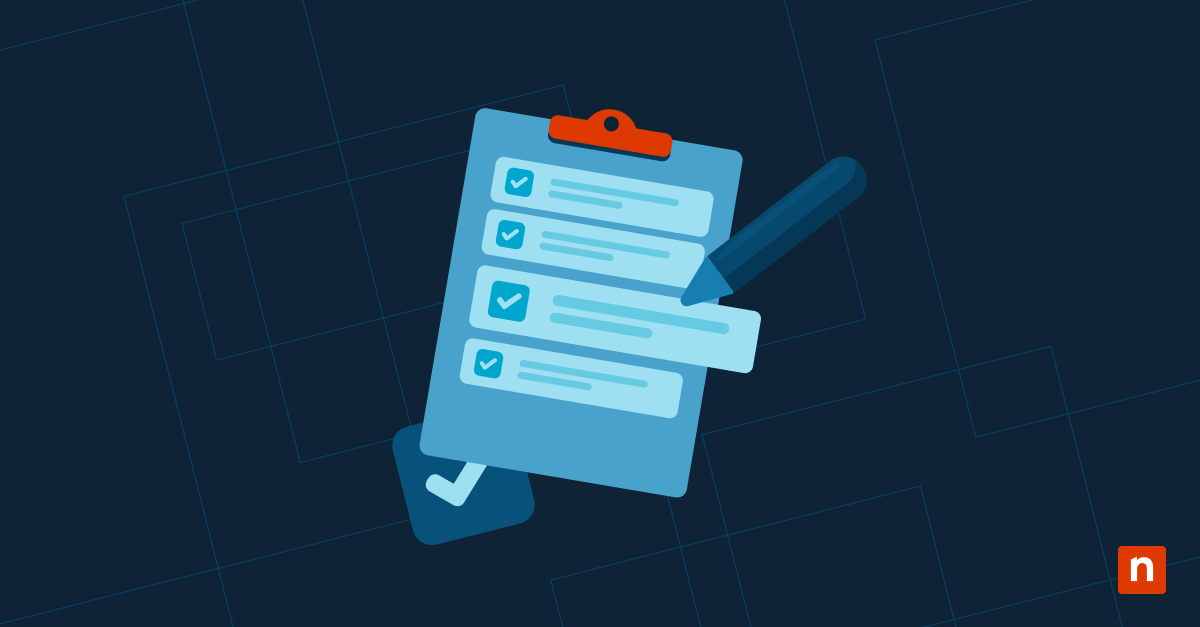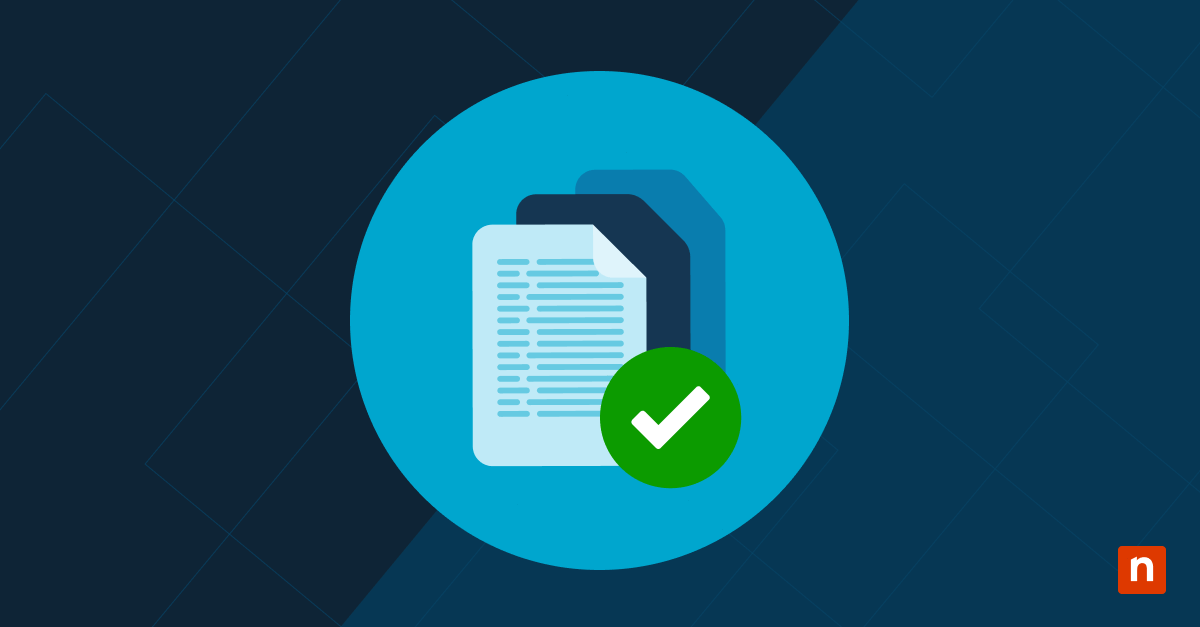It’s pretty easy to hit that “remind me later” button when you don’t want to wait for installations, reboots, and possible errors if something goes wrong with the update. Snoozing that patch notification can quickly become a habit, and before you know it, a critical piece of software is weeks or months out of date.
More people are learning that this isn’t a bit of harmless procrastination — it’s actually a huge cybersecurity risk. Organizations, small businesses, and enterprises are frequently breached because of delayed or missing patches. In fact, the Ponemon Institute reports that the majority of data breaches (57%) can be directly attributed to attackers exploiting a known vulnerability that should have been — but wasn’t — patched.
So how can we make patch management easier for our employees, clients, or other users? Purpose-built patch management solutions will shoulder that load.
In this article, we’re going to discuss the features and functionality of patch management software and how to choose a tool that will work for your particular use case.
What this article will cover:
- What is patch management?
- What problems are solved by patch management?
- How patch management solutions help IT professionals
- Choosing patch tools and patch management software
What is patch management?
Patch management is the process of tracking, deploying, and testing patches as part of IT and infrastructure maintenance. Everyone who uses a modern device, whether it’s a laptop or smartphone, takes part in patch management when they approve a security update or install an updated driver.
It seems simple enough, but the process gets infinitely more complicated when you’re talking about organization-level patch management. At scale, you could be responsible for keeping all of the applications on hundreds of devices up-to-date, and consistently so.
When the security of your network is on the line, it’s not a challenge that’s best left to individual users and manual actions.
A good, reliable patch tool makes all the difference by streamlining the process and minimizing the risk of human error. These tools typically employ a few different helpful functions:
- Maintaining a current and accurate database of updates to ensure no important patches are missed
- Alerting users of new updates and important security patches
- Employing automation and/or scripting for efficiency and ease-of-use
- Informing the IT team about out-of-date software still being used within their environment
- Producing audit reports and real-time insights to keep the patching process transparent
What problems are solved through effective patch management?
The importance of patch management is far-reaching and impacts the entire network. Problems addressed by patch management include:
Data security: Consistent patch management reduces your cybersecurity risk profile, and timely patching is among the most important steps you can take to lower the threat of ransomware, data breaches, and other cyber threats.
Productivity and stability: Software and firmware bugs can wreak havoc with network uptime and stability. Developers regularly issue patches that address these bugs and improve the reliability and performance of your network.
Regulatory compliance: Failure to keep software patched could result in hefty monetary fines when regulations are in play. All regulations regarding data privacy or cybersecurity have some consideration regarding patches and updates.
Utilization: When software is up to date you won’t miss out on the latest features and quality-of-life improvements. Patches help you get the most out of the software and hardware you’ve already invested in.
How do patch management solutions help IT operations?
The main goal of patch management software is to streamline the patching process and automate it as much as possible. There are many reasons why an IT department benefits from patch management automation, including:
Tighter security
When you take control of patch management, you give yourself a huge advantage in the battle against hackers and cyber threats. Effective patch management guards your network against the numerous vulnerabilities that malicious actors exploit to infiltrate a network.
Patch automation deploys new software updates quickly before cybercriminals exploit any newly discovered flaws in software or firmware.
Efficiency
Manual patch management? That means the IT staff must track, download, deploy, test, and document all patches. On every device in the IT environment. Constantly.
Automation tools take that burden off the engineers and techs and free them up for more important or productive tasks.
Productivity
System failures and cyberattacks bring productivity to a halt. Timely patching reduces the likelihood of instability and malware intrusion and serves to maintain a stable overall IT environment.
Usability
Some patches are issued to unlock new features in software rather than patch a security issue. In these cases, updating is a matter of getting the full benefit of your technology.
There are other cases where an update is needed to maintain the full functionality of the software, often because changes in other applications or the OS create conflicts that need to be patched.
Regulations
More and more policies are requiring organizations to apply the latest patches to avoid cyberattacks and maintain compliance. Noncompliance will typically result in fines and legal penalties — and can be even worse if an actual cyberattack takes place.
Patch automation tools can ensure timely deployment as well as provide the reports, audits, and other documentation needed to show compliance.
Warranties and service
Just like never changing the oil in a car will void its warranty, software, and hardware providers will often refuse to honor guarantees when users fail to keep up with patches. Failure to keep software patched will also make it hard (or impossible) to get paid out by cybersecurity insurance policies.
Insight
Patch management tools keep the IT department apprised of important information regarding the IT environment. For example, they will be notified if the software in use by the organization falls out of service life and will no longer be supported.
Choosing the best patch management solution
There are several patch management tools available for pretty much any use-case scenario. Finding the best solution for your organization can seem a bit daunting, but the following guidelines will help you narrow down the selection:
Core features
Patch scanning and vulnerability discovery
Focus on tools that automatically scan your IT environment for systems that are in need of patches, match available patches to the correct systems, and detect when patches were not installed or contain errors.
How NinjaOne helps: Automatic discovery and vulnerability checking for nearly every system in common use. Get complete insight into your entire IT environment in minutes.
Compatibility and integration
The best patch management tools will be compatible with a wide variety of systems and configurations. A tool that can’t manage patches for different operating systems, applications, infrastructure, and devices could lead to missed updates, risk, and need for manual intervention.
How NinjaOne helps: Automated patching for Windows and third-party software from over 120 vendors.
Automation
Your patch management software should allow you to automate as much of the patch discovery, scheduling, testing, and deployment process as possible.
How NinjaOne helps: Easily configure patch scanning and update schedules for specific segments of devices or users. Take full control over patching or allow the automation to handle it entirely.
Testing
For added stability, your patch management solution should offer the ability to test patch installation within a testing environment before they’re taken live. Doing a dry run before deploying patches to production systems ensures that there will be no conflicts or errors that would otherwise lead to downtime or larger problems.
How NinjaOne helps: Patch testing is handled seamlessly by NinjaOne and helps to ensure compatibility of all updates before they’re deployed to the live environment.
Intuitive administration
Patch management tools should be easy to operate using a single, user-friendly interface. Customization is useful as well, and the ability to tailor the user experience to your needs is a bonus.
How NinjaOne helps: Spend less time combing through new update releases and vulnerability disclosures and more time growing your business.
Reporting and notifications
Keeping track of past updates is an important part of patch management. A patch management solution should allow you to generate reports on patch status and vulnerabilities. Look for the option to create custom reports, automated notifications, and audits specific to any regulations that apply to your business.
How NinjaOne helps: Access detailed patch audit reports and view patch management status in real time.
Ease of deployment
Look for a tool that offers fast and easy installation that minimizes system downtime during the process.
How NinjaOne helps: Installs quickly and without interruptions. Auto-discovery of hardware and software makes deployment simple.
Vendor support
While we’re hoping you never have to call for help with your patch management solution, it’s important to know that support is available if you need it. Choose a tool that’s supported by a well-known and trustworthy vendor, and check to see if there is a large user base for the product that can also help out when needed.
How NinjaOne helps: Ninja sets the standard for fast and friendly after-sale support, whether you’re an enterprise or a large IT provider with many clients to serve.
RMM tool integration
Patch management functionality is often part of a remote monitoring and management (RMM) suite. If you choose to use separate products, it’s important that they integrate to make patching as efficient as possible.
How NinjaOne helps: NinjaOne is fully integrated with all of the patch management power you need to keep your IT running smoothly.
Want to know which patch management software IT pros swear by?
Check out our best patch management software picks based on real user reviews!
Conclusion
The importance of patch management can’t be overstated. Far too many cyber-attacks were possible because of delayed or missing patches.
That said, patching can be overlooked in a large organization simply because it’s so difficult to keep up with numerous patches across many devices and applications. The answer is to take the process out of the hands of technicians who could be better using their time and relegate it to automation.
The best patch management software makes all the difference when that time comes. Look for the right features and choose a vendor you trust, and it will be easy to keep your IT environment up-to-date and safe.

